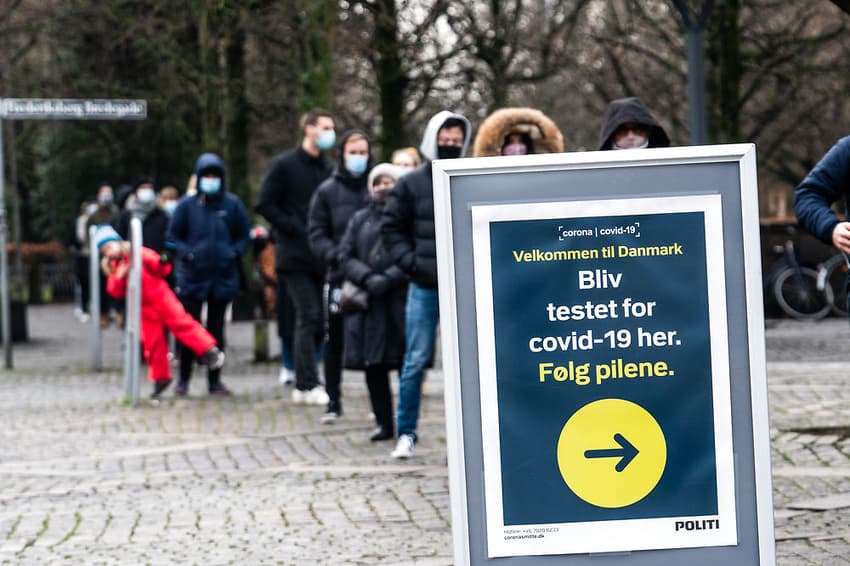Coronavirus: Variant B117 now responsible for 13 percent of Danish infections

The more infectious variant of Covid-19, B117, now constitutes around one in seven of positive tests for the virus in Denmark.
The third week of 2021 saw the variant detected in 231 positive tests for the coronavirus, according to data from national infectious disease agency State Serum Institute (SSI).
That is a slight increase compared to the previous week, when 224 cases were detected.
But B117 was found in 13.5 percent of analysed swabs – significantly more than the 7.4 percent that was found the previous weeks in swabs tested for presence of the variant.
Additionally, the overall number of new cases of Covid-19 fell between the two weeks, which makes the slight increase in B117 prevalence notable.
A delay of around one week in results from genome sequencing to test for B117 is also inherent in the data, meaning it only covers the first five days of the week beginning January 18th, but all of the previous week.
A total of 772 incidences of the B117 variant have now been detected in Denmark. The more infectious form of Covid-19 was first reported in the United Kingdom in December 2020.
No new cases of another more infectious variant, B1351, have been detected. That variant is reported to have originated in South Africa. Four cases of this variant have been detected in Denmark overall.
Danish health authorities recently announced that new testing methods would soon enable them to test all positive Covid-19 test swabs for the presence of variants they want to monitor.
Health minister Magnus Heunicke said earlier this week that the risk to infection numbers posed by more infectious variants means that Denmark is unlikely to lift the national lockdown in the immediate future, despite improving overall infection rates at the current time.
READ ALSO: Don't expect Denmark to reopen at start of February: minister
Comments
See Also
The third week of 2021 saw the variant detected in 231 positive tests for the coronavirus, according to data from national infectious disease agency State Serum Institute (SSI).
That is a slight increase compared to the previous week, when 224 cases were detected.
But B117 was found in 13.5 percent of analysed swabs – significantly more than the 7.4 percent that was found the previous weeks in swabs tested for presence of the variant.
Additionally, the overall number of new cases of Covid-19 fell between the two weeks, which makes the slight increase in B117 prevalence notable.
A delay of around one week in results from genome sequencing to test for B117 is also inherent in the data, meaning it only covers the first five days of the week beginning January 18th, but all of the previous week.
A total of 772 incidences of the B117 variant have now been detected in Denmark. The more infectious form of Covid-19 was first reported in the United Kingdom in December 2020.
No new cases of another more infectious variant, B1351, have been detected. That variant is reported to have originated in South Africa. Four cases of this variant have been detected in Denmark overall.
Danish health authorities recently announced that new testing methods would soon enable them to test all positive Covid-19 test swabs for the presence of variants they want to monitor.
Health minister Magnus Heunicke said earlier this week that the risk to infection numbers posed by more infectious variants means that Denmark is unlikely to lift the national lockdown in the immediate future, despite improving overall infection rates at the current time.
READ ALSO: Don't expect Denmark to reopen at start of February: minister
Join the conversation in our comments section below. Share your own views and experience and if you have a question or suggestion for our journalists then email us at [email protected].
Please keep comments civil, constructive and on topic – and make sure to read our terms of use before getting involved.
Please log in here to leave a comment.